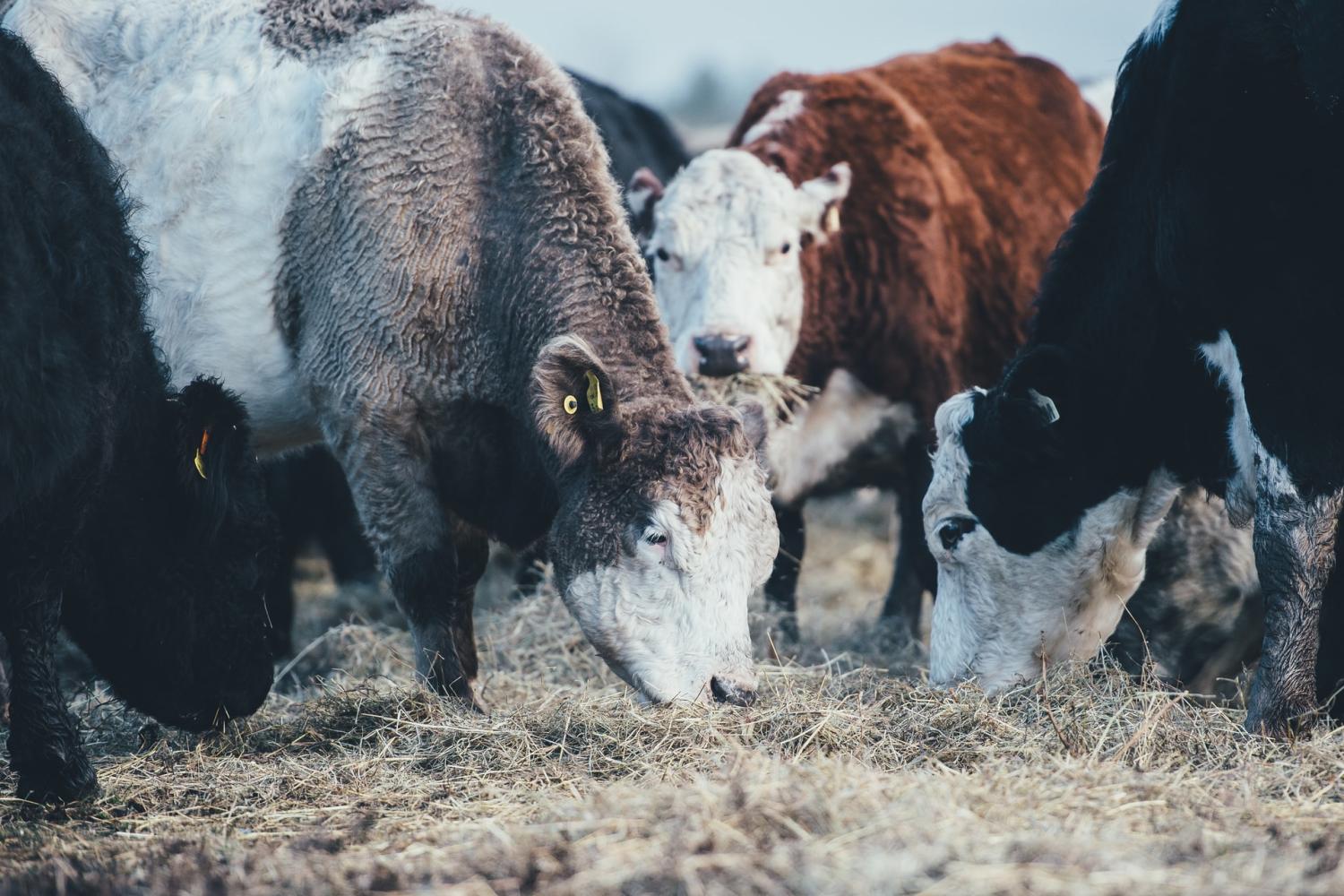
Anyone who has stood downwind of a dairy farm knows the digestive processes of dairy cattle packs a noxious punch to the olfactory senses. Those same processes generate greenhouse gases like carbon dioxide and methane. Estimates suggest livestock produce about 30 percent of the total methane emissions produced from human activities in the U.S., with beef and dairy cattle as the major contributors to climate change.
With dairy ingredients accounting for more than 50 percent of Ben & Jerry’s total greenhouse gas emissions, the ice cream maker has made a bold, but not atypical, commitment to bring greenhouse gas emissions on 15 dairy farms to half the industry average by the end of 2024. Once proven, pilot project initiatives will be expanded to farms across Ben & Jerry’s global dairy supply chain.
The pilot program, Project Mootopia, will use regenerative agricultural practices and new technology to address methane-producing enteric emissions (cow burps), manure, and feed crops.
In a public statement, Jenna Evans, global sustainability manager for Ben & Jerry’s, said this new approach could be a “game changer” for dairy farming.
“It has the potential to make a meaningful reduction in emissions on dairy farms and help fight the worst effects of climate change,” said Evans. “All of us, especially businesses, must take action before it’s too late and the climate crisis makes our world uninhabitable.”
The company will take on enteric emissions by switching dairy cattle to a high-quality forage diet and innovative rumen modifiers that act as a digestive aid. Digestion can produce up to 50 quarts of gasses (mostly carbon dioxide and methane) an hour in the rumen, the largest component of a cow’s four-chambered stomach, and most of that gas is released by belching. Research has shown, for example, that adding small amounts of seaweed to cattle feed can reduce greenhouse emissions as much as 82 percent.
A single dairy cow produces about 80 pounds of manure a day. Project Mootopia will manage manure through methane reduction technology such as digesters and separators, which reduce the need for commercial fertilizer.
Ben & Jerry’s says the project will use regenerative practices to grow more grass and other feed crops to maintain healthy soils, increase carbon sequestration, improve grassland use, lower synthetic inputs, promote biodiversity and raise the percentage of homegrown feed.
The company says Project Mootopia is also promoting renewable energy on dairy farms and continues Ben & Jerry’s tradition of meeting high animal welfare standards. The 15 participating farms will be split between members of the Dairy Farmers of America (DFA) cooperative in the U.S. and CONO Kaasmakers in the Netherlands.
“Too often, corporations buy up carbon offsets from somewhere else to claim they are ‘carbon neutral’,” said Taylor Ricketts of the Gund Institute for Environment at the University of Vermont. “Ben & Jerry’s is taking a more meaningful and direct approach: attacking the systemic causes of climate change in its own supply chain to achieve measurable, science-based targets.”
Intensive cooperation among researchers, advisors and farmers is key to developing tailored mitigation methods that are “feasible, affordable and safe,” said Theun Vellinga from Wageningen University and Research in the Netherlands in a public statement.
“We have constructed the ‘Mitigation Engine’ as a tool to combine the science around [greenhouse gas] mitigation with the knowledge and experience of the farmer,” said Vellinga. “We cannot stick to one mitigation option only; there is no silver bullet. But a package of options will help us reach the target reduction.”
Ben & Jerry’s received $9.3 million to prove and scale regenerative practices on dairy farms from the billion-dollar Climate and Nature Fund of its parent corporation, Unilever, which has set several ambitious goals for reducing its carbon footprint. In addition to the Climate and Nature Fund, Unilever has committed to net zero emissions for all its products by 2039; a deforestation-free supply chain by 2023; empowering a new generation of farmers and smallholders to protect and regenerate their environment; a new Regenerative Agriculture Code for all suppliers; and water stewardship programs for 100 locations in water-stressed areas by 2030.
In addition to its environmental work, Ben & Jerry’s commitment to social activism is widely known, as evidenced by its efforts on behalf of criminal justice reform, worker’s rights, and the ice cream company’s public statements against racism and former President Donald Trump. On its website about turning waste into renewable resources, Ben & Jerry’s says they strive to be guided by their values in everything they do, that the climate crisis is the “single greatest challenge to life on this planet,” and that “everyone, especially businesses, must do their part to get greenhouse gas emissions under control before it’s too late.”
Image credit: Annie Spratt via Unsplash

Gary E. Frank is a writer with more than 30 years of experience encompassing journalism, marketing, media relations, speech writing, university communications and corporate communications.














